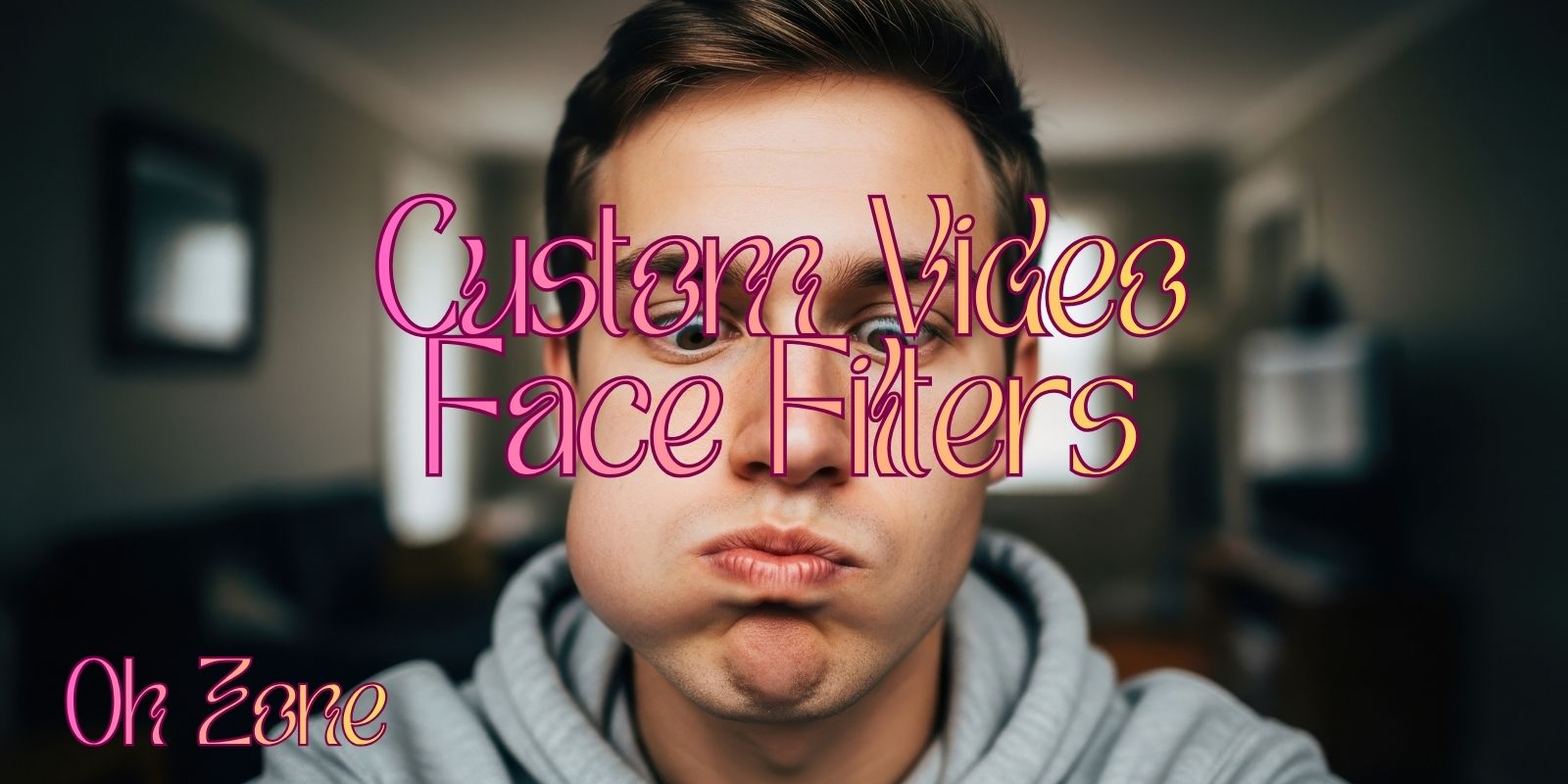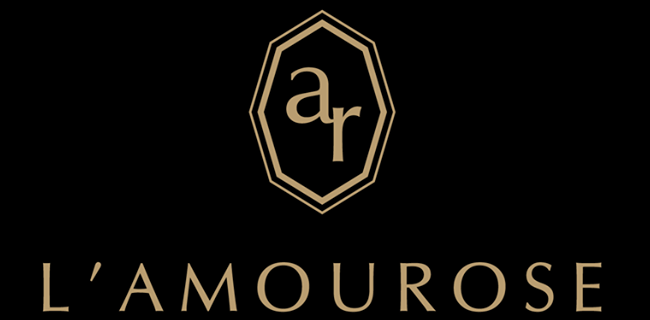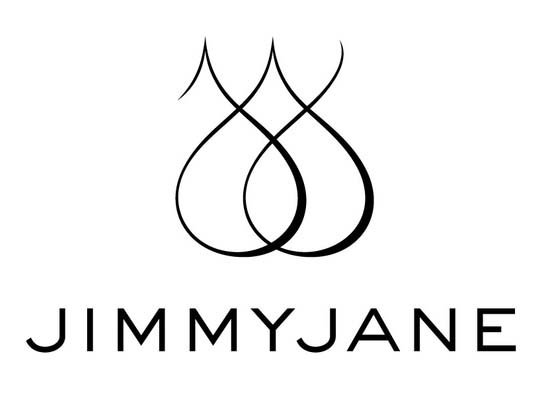Custom Video Face Filters Guide
Custom video face filters have transformed the way creators, influencers, and businesses elevate their visual content. These filters blend creativity, branding, and technology to enhance videos with real-time effects powered by augmented reality. Whether someone wants to add beauty enhancements, playful animations, or branded elements, face filters offer a dynamic way to capture attention and stand out in a crowded digital space.
Modern platforms offer countless options, from simple beautification tools to advanced AR-powered features. Solutions like the Banuba face filters toolkit give users highly accurate facial tracking and customization options that respond to facial expressions in real time. This makes it easy for individuals, creators, and businesses to design effects that resonate with their audiences and enhance digital storytelling.
Face filters are especially valuable for marketing and personal branding. They bring an element of fun and interactivity that works beautifully on platforms such as Instagram Stories, which are now essential communication channels for younger users. With hundreds of millions of daily viewers, face filters help brands stay relevant, playful, and visually appealing in ways that traditional content cannot match.
Table of Contents – Custom Video Face Filters
- The Rise of AR Face Filters
- What’s New in Instagram Face Filters
- How to Make Face Filters
- Examples of Successful Video Face Filters
- Using Banuba Face AR: A Full Guide
- Key Takeaways
- FAQ
- A Creative Future Through AR
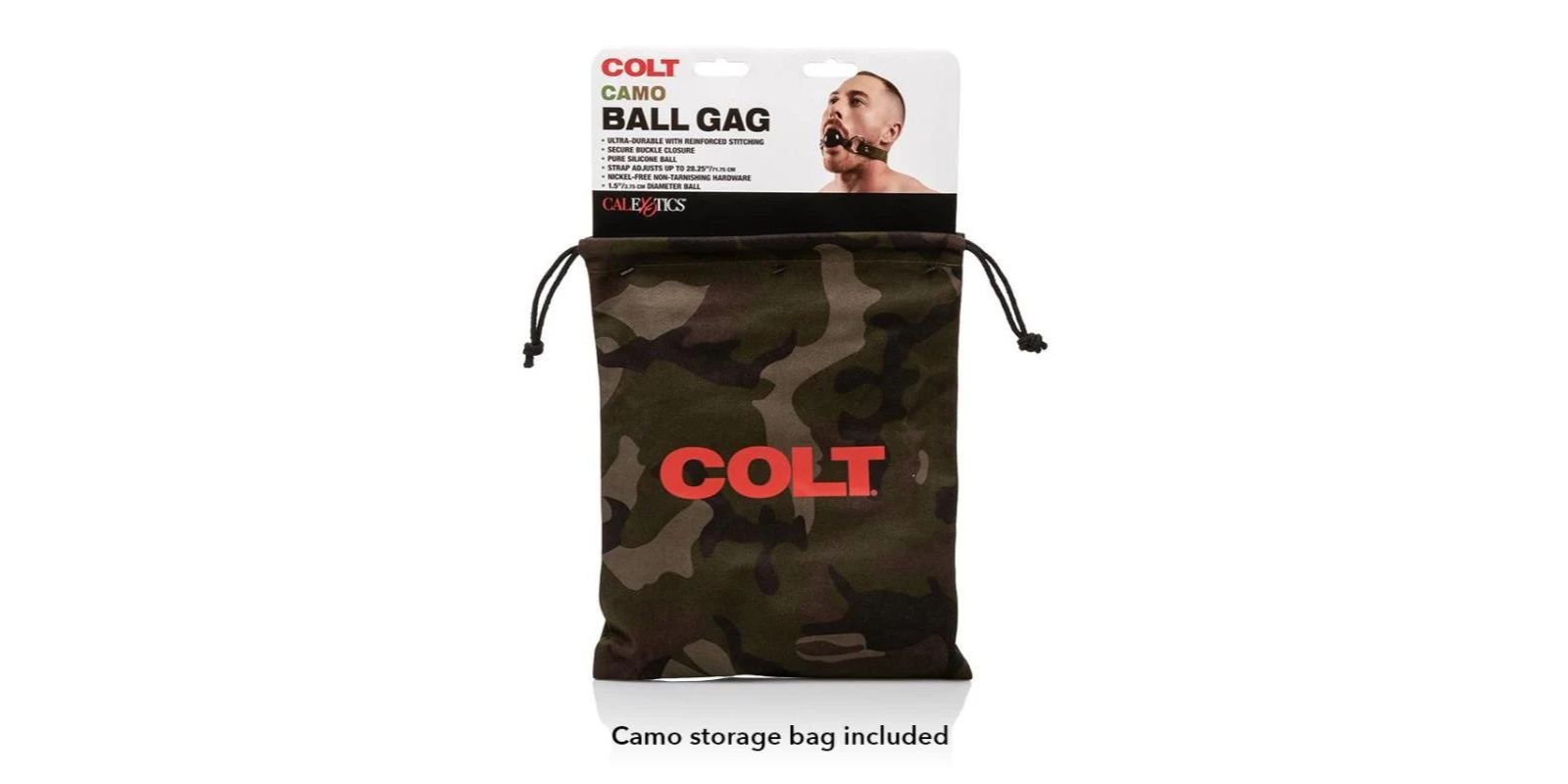
The Rise of AR Face Filters
Augmented reality face filters have become an essential part of modern video creation. These effects began as playful add-ons but have now evolved into sophisticated visual tools that enhance branding, improve aesthetics, and help creators stand out online. By combining AR with real-time facial tracking, filters react seamlessly to expressions, movements, and facial structure, making digital experiences feel natural and immersive.
One of the reasons face filters gained such popularity is the instant creative freedom they offer. People can transform their appearance, add stylized effects, or incorporate imaginative elements such as animal ears, glowing eyes, or fantasy-inspired headpieces. The ability to reinvent oneself visually gives users new ways to communicate personality and engage their communities.
Businesses also adopted these tools because younger audiences respond strongly to interactive visuals. Since more than two-thirds of Instagram’s active users are under 29, filters encourage participation, content sharing, and emotional connection. Companies now create AR filters for product launches, campaigns, and promotions, supported by technology explained in resources such as Visage Technologies’ face filtering applications.
What’s New in Face Filters for Instagram Stories
Instagram face filters have evolved significantly since the early days of simple overlays. Today, creators use platforms like Spark AR Studio to build intricate interactive experiences. This software lets users design filters that respond to gestures, apply 3D textures, animate glasses or headpieces, or create entire augmented environments. The technology makes it possible for beginners and professionals alike to create effects tailored for Instagram, Facebook, or Portal devices.
Previously, AR filter creation required a special invitation, limiting creative access. However, since Spark AR opened to the public in 2019, anyone can create and publish filters for audiences worldwide. Custom Video Face Filters: Users can visit a brand’s filter page, select a design, and instantly apply it to their faces. This effortless integration makes AR effects a dominant feature in modern Stories.
New effects benefit creators, influencers, and businesses by boosting visibility and engagement. Filters that include subtle beauty enhancements or eye-catching effects tend to go viral quickly. For brands wanting to understand how audiences interact with new technology, exploring creative digital tools is similar to exploring personal items like the ones highlighted in this guide to new sexual toys, where customization and user experience drive innovation.
How to Make Face Filters: Features and Creation
Learning how to put face filters on videos begins with understanding the technology behind them. Face AR tools—including those offered by Banuba—blend advanced computer vision with machine learning. Custom Video Face Filters: These tools recognize facial points, movements, and expressions, then overlay accurate digital elements in real time. For beginners, the Banuba SDK provides a 14-day demo where users can test features by simply filling out a short form with their name, email, and job description.
Customization is where AR becomes powerful. Creators can adjust lip colors, contour shapes, eyebrow styles, and other facial features through editable meshes. This makes the technology especially appealing to beauty brands, salons, and influencers. Trying on lipstick shades, nail colors, or virtual accessories helps users make decisions before purchasing or booking services.
The technology also extends beyond faces. With the Face AR SDK, users can explore nail colors, jewelry, or even hand-based effects. This multi-layered customization mirrors the creative experimentation described in guides such as this article on creating adult fun at home, where personal expression is central to the experience.
Four Examples of Successful Video Face Filters
Many global brands use augmented reality face filters to strengthen their identity and connect with audiences. Aritzia created a “Super Glow” filter that subtly boosts radiance, softens skin, and increases product recognition. By aligning the filter with the brand’s aesthetic, the company achieved higher engagement among lifestyle-focused audiences.
Coca-Cola’s Polish branch used AR to superimpose their iconic polar bear into the real world. Users could record playful videos interacting with the bear, turning a simple filter into a viral marketing asset. The power of AR lies in its ability to merge fantasy with everyday surroundings, creating experiences users love to share.
Artists and luxury brands also embrace AR. The Parisian artist Ines Longevial uses filters to support social messages while boosting awareness for featured brands. Custom Video Face Filters: Meanwhile, Tiffany & Co. designed filters featuring butterflies, denim jackets, and digital accessories, reinforcing the elegance and fantasy associated with their jewelry. These examples show how AR filters offer infinite creative potential.
Using Banuba Face AR: A Step-by-Step Guide
To get the most from Banuba Face AR, start with understanding your audience. Segment viewers by age, interests, location, and brand preferences. Once you understand who you are creating for, you can design effects that resonate with their expectations—anything from beauty-focused enhancements to playful animated transformations.
Next, describe the purpose of your video. Decide whether your filter aims to entertain, promote a product, offer a virtual try-on, or enhance personal branding. Knowing the intention helps you design meaningful interactions. Many successful filters bring the user’s face “to life” with subtle animations or stylized lighting effects that boost viewer confidence and expression.
Finally, begin the technical process. Start by designing assets such as textures, 3D objects, or materials. Load them into the editor and structure them using the Face AR SDK. Once the filter is built, optimize performance so it loads quickly on both high-end phones and budget devices. Thorough testing ensures smooth performance across platforms. After launch, evaluate user engagement, review comments, analyze demographics, and continually refine your filter based on feedback.
Key Takeaways
- Face filters use AR and real-time tracking to enhance videos creatively and professionally.
- Instagram’s Spark AR platform gives anyone the ability to build custom filters.
- Banuba’s toolkit provides advanced customization options for beauty, branding, and effects.
- Brands use AR filters to create viral campaigns and boost user engagement.
- Continuous testing and improvement ensure filters remain relevant and high-performing.
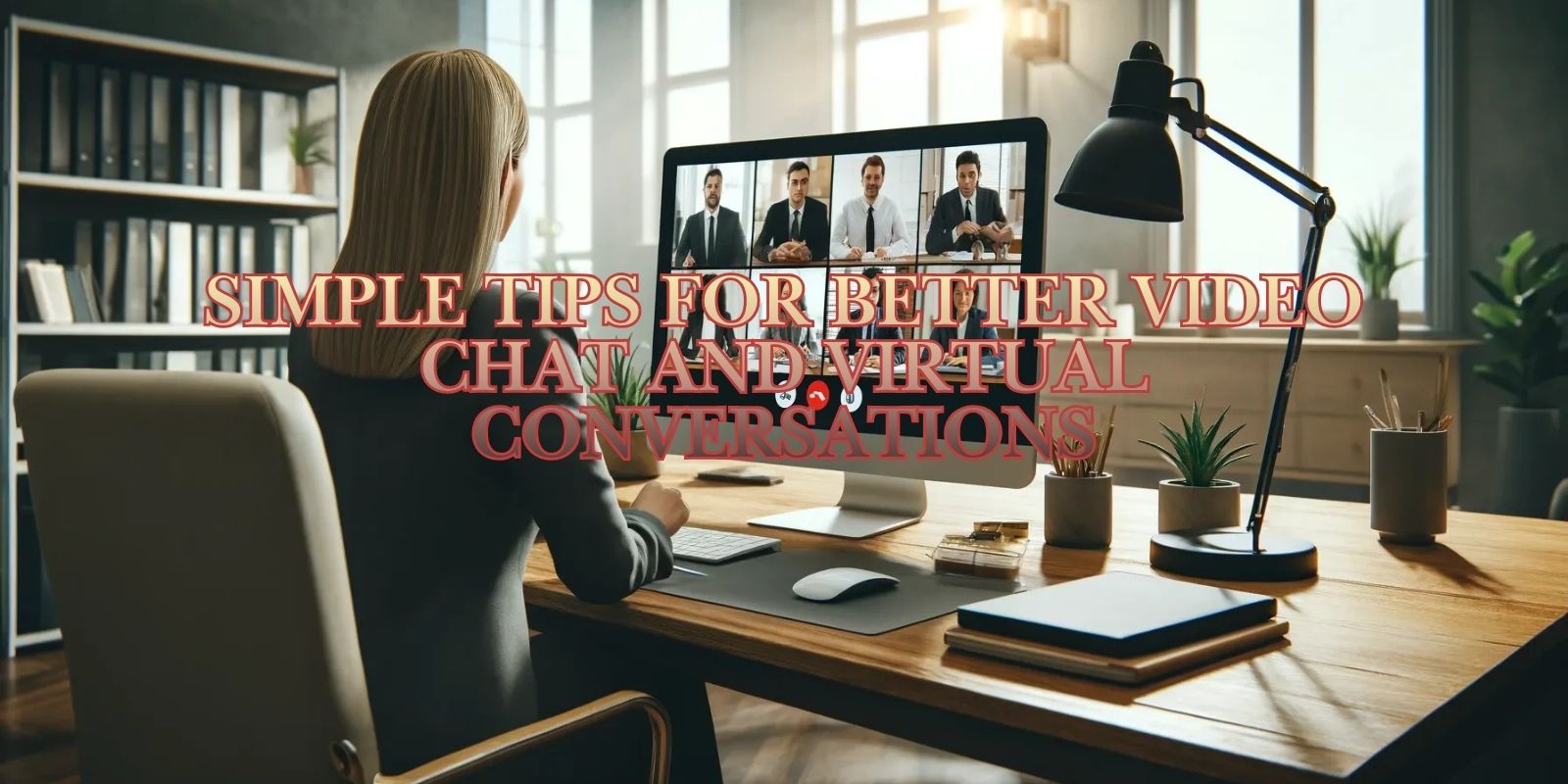
FAQ – Custom Video Face Filters
Can anyone create their own face filter?
Yes. With platforms like Spark AR Studio and Banuba’s SDK, beginners and experts alike can design and publish face filters without needing advanced coding skills.
Are AR face filters safe to use?
Yes. They run on device cameras and do not store or transmit facial data when properly developed using trusted tools. Always choose reputable SDKs.
Can businesses benefit from custom face filters?
Absolutely. Brands use filters for product launches, virtual try-ons, and interactive campaigns that increase engagement and visibility.
Do face filters work on all phones?
Most modern smartphones support AR filters, but performance varies. Developers should optimize filters for both high-end and budget devices.
What makes a face filter go viral?
Filters that are visually appealing, easy to use, and emotionally engaging—especially those tied to trends—are most likely to gain viral traction.
A Creative Future Through AR
Custom Video Face Filters: Face filters represent the fusion of technology, creativity, and personal expression. Whether used for fun, branding, storytelling, or beauty enhancement, AR filters open doors to endless possibilities. As tools like Banuba and Spark AR evolve, creators gain even more power to shape digital identity and build immersive experiences that feel personal, playful, and unforgettable. With innovation accelerating every year, the world of AR face filters is only beginning—and your next idea could be the one that inspires millions.

